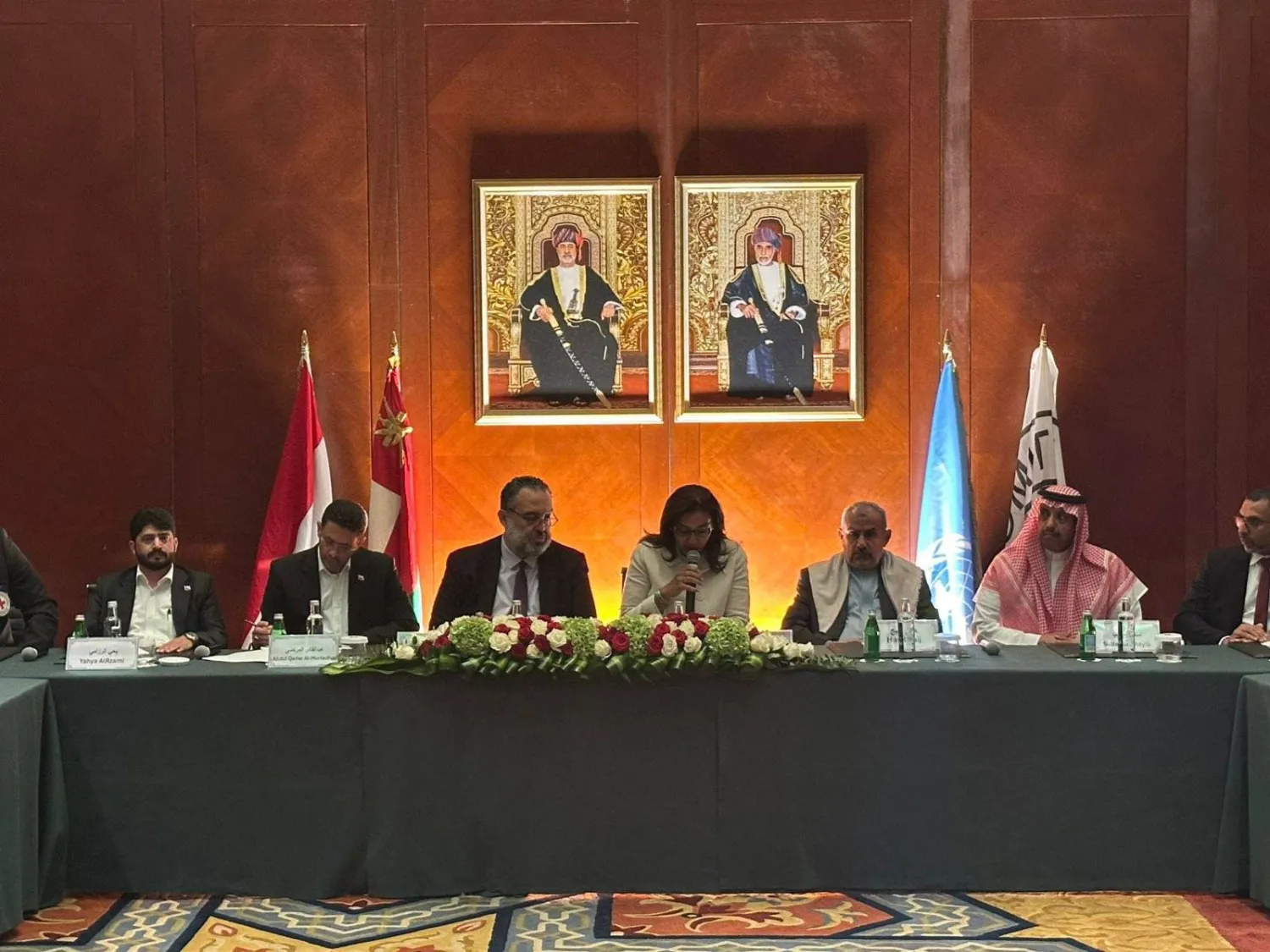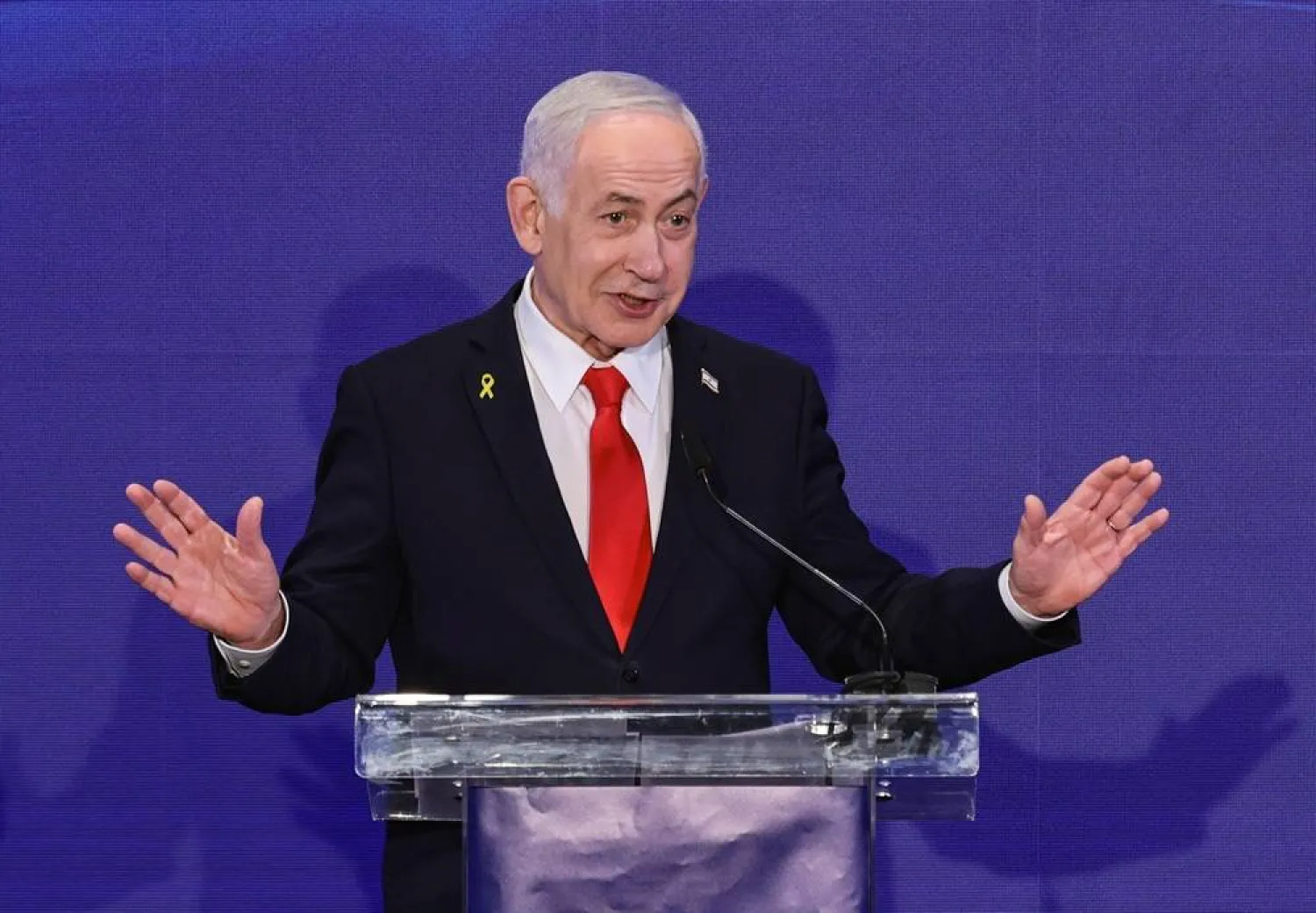The United States is trying to avert a greater war between Israel and Lebanon's Hezbollah movement, US envoy Amos Hochstein said on Tuesday, following an escalation in cross-border fire between the foes along Lebanon's southern frontier.
Iran-backed Hezbollah has been trading fire with Israel for the last eight months in parallel with the Gaza war. Last week, the group fired the largest volleys of rockets and drones of the hostilities so far at Israeli military sites, after an Israeli strike killed the most senior commander yet.
Hochstein, special envoy to US President Joe Biden, said he had been dispatched to Lebanon immediately following a brief trip to Israel because the situation was "serious".
"We have seen an escalation over the last few weeks. And what President Biden wants to do is avoid a further escalation to a greater war," Hochstein said on Tuesday.
He had met the head of Lebanon's army earlier on Tuesday and spoke to reporters following a meeting with parliament speaker Nabih Berri, who heads the armed Amal movement, which is allied to Hezbollah and has also fired rockets on Israel.
The US and France are engaged in diplomatic efforts to secure a negotiated end to the hostilities along Lebanon's border. Hezbollah says it will not halt its attacks unless there is a ceasefire in the Gaza Strip.
"Whether diplomatically or militarily one way or another, we will ensure the safe and secure return of Israelis to their homes in northern Israel. That is not up for negotiation. Oct. 7 cannot happen again anywhere in Israel or on any of Israel's borders," Israeli government spokesman David Mencer said.
He added that Israel was "impeding Hezbollah's military buildup and their stockpiling of weapons for terror against Israelis".
Hezbollah began trading fire with Israel on Oct. 8, a day after its Palestinian ally Hamas attacked southern Israel, sparking the Gaza war. Tens of thousands of people have fled both sides of the border.
DRONE ATTACK
Hochstein urged Hamas to accept a US-backed proposal for a ceasefire in Gaza, which he said "also provides an opportunity to end the conflict across the Blue Line", a reference to a demarcation line between Lebanon and Israel where parts of the international border are disputed.
Hochstein met caretaker Lebanese Prime Minister Najib Mikati, who told him that "Lebanon does not seek escalation", according to comments issued by Mikati's office.
The increase in attacks last week was followed by a brief respite during the Eid al-Adha Muslim holiday, which concludes on Tuesday. Hezbollah announced a drone attack against an Israeli tank on Tuesday afternoon - its first announced attack since Saturday.
The group used more of its extensive arsenal against Israel last week, prompting United Nations officials in Lebanon to warn over the weekend that the "danger of miscalculation leading to a sudden and wider conflict is very real".
UN human rights chief Volker Turk said on Tuesday that he too was worried about the escalation, and called "for a cessation of hostilities and for actors with influence to take all possible measures to avert a full-scale war".









